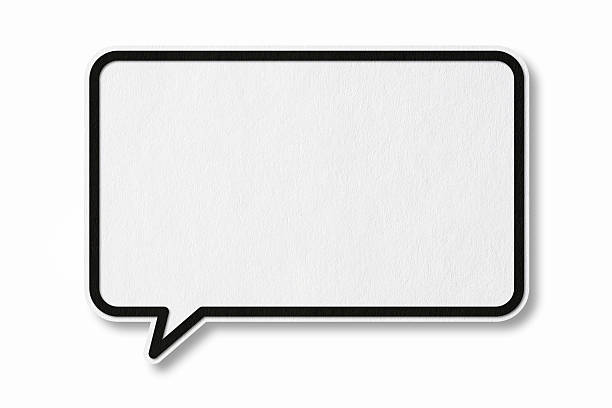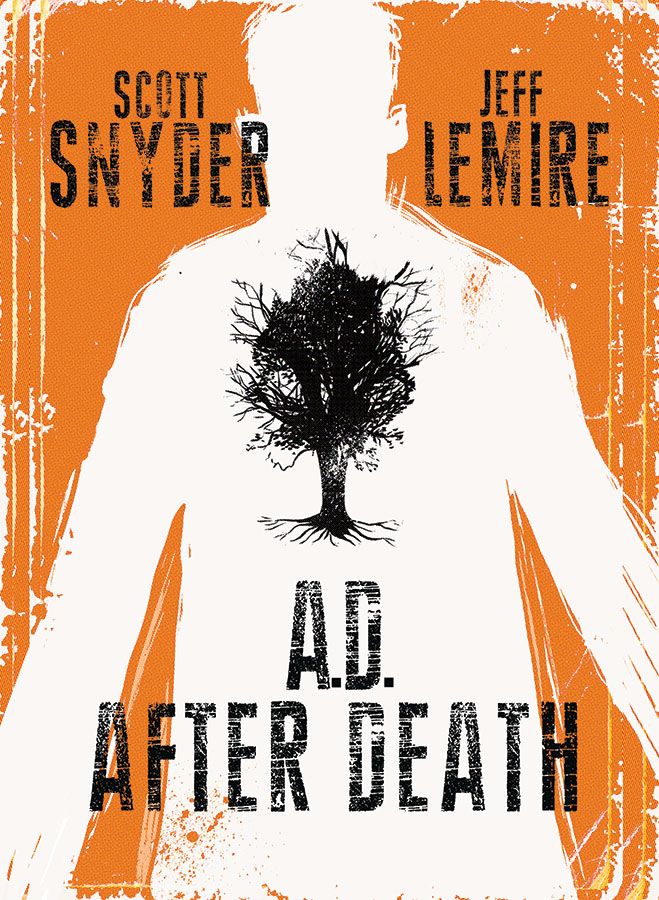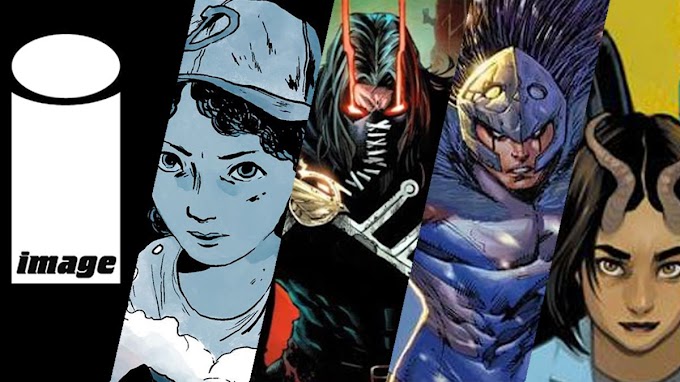 |
| Adrienne Roy, one of the best of the old colorists. |
Still, I didn't want to let this go without a few words, so consider this a preview. Some time I might, either on my own or with others, sit down and do something longer on the subject. Color in comics is a very important subject and definitely worthy of further discussion.
Also, please note these are the opinions and perspective of a comics fan. I am not a color artist or any other kind of artist. Things that I think may be way off base because of it. And a final note: I'm sure I'm going to forget to talk about someone I respect and admire here, so I apologize in advance. This is more of a series of loosely connected thoughts to mark the occasion.
I often talk about how I've been a comic book fan since I learned to read. And when I had a lot less comics to read (which, looking back, is both a good thing and a bad thing), I knew them inside and out, right down to dialogue. I carried new ones with my to my grandparents' houses and would read them to other members of the family.
Since I read a lot of Marvel Tales, collecting the Spider-Man reprints, I knew Stan Lee, John Romita, Gil Kane, and many others long before I understood the reasons why Jack Kirby was amazing or that John Byrne was notorious for changing things. While others cooler than me were reading TMNT in black and white, I was still mostly into Marvel books, with a bit of DC here and there.
I knew the books so well I could even tell you the differences in the lettering between Artie Simek and Sam Rosen and why I thought Artie was a bit better. (I've always had opinions.)
But you know, I barely noticed the colorists. And I don't think that's uncommon.
As I grew a bit older, I learned how much I liked Adrienne Roy's colors on the Batman books, but it was mostly a "they're brighter" sort of thing. Very unrefined. Even now, I'm ashamed to admit that beyond Glynis Wein (Oliver), I don't think I can name a colorist from the older books off the top of my head.
 |
| Who Colored This? Not even the internet seems to know! |
Says a lot, right?
If you look at my reviews, I list writer and artist and publisher. But until recently, far too recently, "artist" only meant the person penciling and inking the book. I can pat myself on the back all I want for trying to talk about the line work in things when others sometimes slip into "writer-stuff-only" mode, but for the longest time, I didn't bother with something that's essential to the viewing of a comic book.
When you phrase it that way: "How can you exclude one of the key visual elements of a book?" it seems stupid to even consider. And yet, as a rule, the colorist doesn't get a lot of comments when books are reviewed.
It took working with David Pepose and the Best Shots team at Newsarama to make me re-think things. Listing the colorist when doing long form reviews made me start taking note of who was coloring my favorite books. I started to notice the way that Ronda Pattison's work on Teenage Mutant Ninja Turtles helped the reader know which Turtle we were following so that the line artist didn't have to make artificial changes or constantly draw their weapons or masks. When a book was over-processed, as some of the early Valiant issues were, I realized that wasn't so much the people drawing the book as those coming after them in the coloring area.
Just being forced to list the names of the entire creative team, not merely the "top tier talent" opened my eyes to the fact that comics are so much more than just writer and line artist. I'm still learning about how they work in harmony together (and how they can ruin things, if uncoordinated), and there are times (such writing a 125 word pellet) where discussing the color art isn't one of the three to four things you can mention. But now that I think in these terms, I look at comics very differently.
 |
| Bellaire adds blood to Kelly's art. |
In another example, Pretty Deadly, Bellaire helps show the reader when the scene has shifted, based on the way she's coloring the characters, the backgrounds, and the objects. We switch freely and easily between Death, Life, and the opening narrative scenes because there are visual clues from the shading, leaving Emma Rios free to use her linework to tell us more about the characters themselves and the world we live in.
It's no coincidence that a lot of my favorite books have "Jordie Bellaire, Colorist" attached to them.
 |
| Coloring this monthly has to suck. |
Rosenberg, like Dave Stewart, understands that different books require different looks. Stewart is probably the best known colorist in comics today, winning most of the awards available to colorists. While many try to emulate his style--and fail badly--Stewart's look is very deceptive. He works in the world of brows, grays, and other muted tones, but is able to get so much more out of them by knowing just when to keep to the darkness and when to move into the light. He balances dull white, dilluted red, and gray-blue so well in BPRD: Vampire, to name a recent example. Even when I find a book to be pedestrian, Stewart's colors usually will be enough to keep me reading.
The problem is that Stewart has been so successful, some in the coloring world thing that every book needs to look like this. It's essential for Hellboy's world to have a pervading darkness. Batman can live in that world, too, to a degree. But one of the best things that even happened to Daredevil was getting him back to the bright red shades of his early days. I really hate when a colorist tries to be Stewart, especially when they lack his subtle touches. The results can be dark, dreary, and hard to read.
 |
| We're not in Mega-City 1 anymore, Toto! |
Enter Ryan Hill. In Hill's hands, Mega-City 2 is a flashy, neon place with plenty of pinks and light greens and other things you'd only see meshed with grimy blacks to create a garish look if we were in Mega-City 1. On the other hand, Mega-City 2 makes these all look normal, because they are everywhere. Even the shading on Dredd is lighter than usual, but he's still the darkest figure in any room he enters. The speed lines are even pink, for God's sake!
When we flash back to Mega-City 1, Hill shifts things, making the same basic colors duller and flatter. We don't need any artificial clues to know the place. Like Bellaire on Pretty Deadly, Hill does the work for the rest of the creative team with the color art.
 |
| Imagine this in dull brown, and weep. |
Maybe, but somehow I doubt it.
So let's take some time to make sure we're recognizing the contributions of these creators who are every bit as important as the writer and the line artist. I can't go back and pretend I always cared, but I can recognize why we should, and vow to do more of it in the future. (I'd like to think I already am.) Not all colorists need to be praised for what they do, just as sometimes a book might feature linework that's just okay and only needs a brief mention, or when a book's art is the draw over the scripting.
But to ignore it is wrong, and far too often, comics fans are guilty of this when the colorist's name isn't the same as the writer and/or primary artist. Let's change that now, and use Colorist Appreciation Day as a springboard to looking more fully and deeply at the books we love to read.
*Yup, I sure did name Marvel's answer to Arkham right there. MMMS, that's me.)






